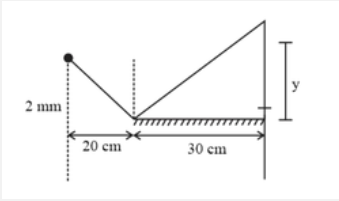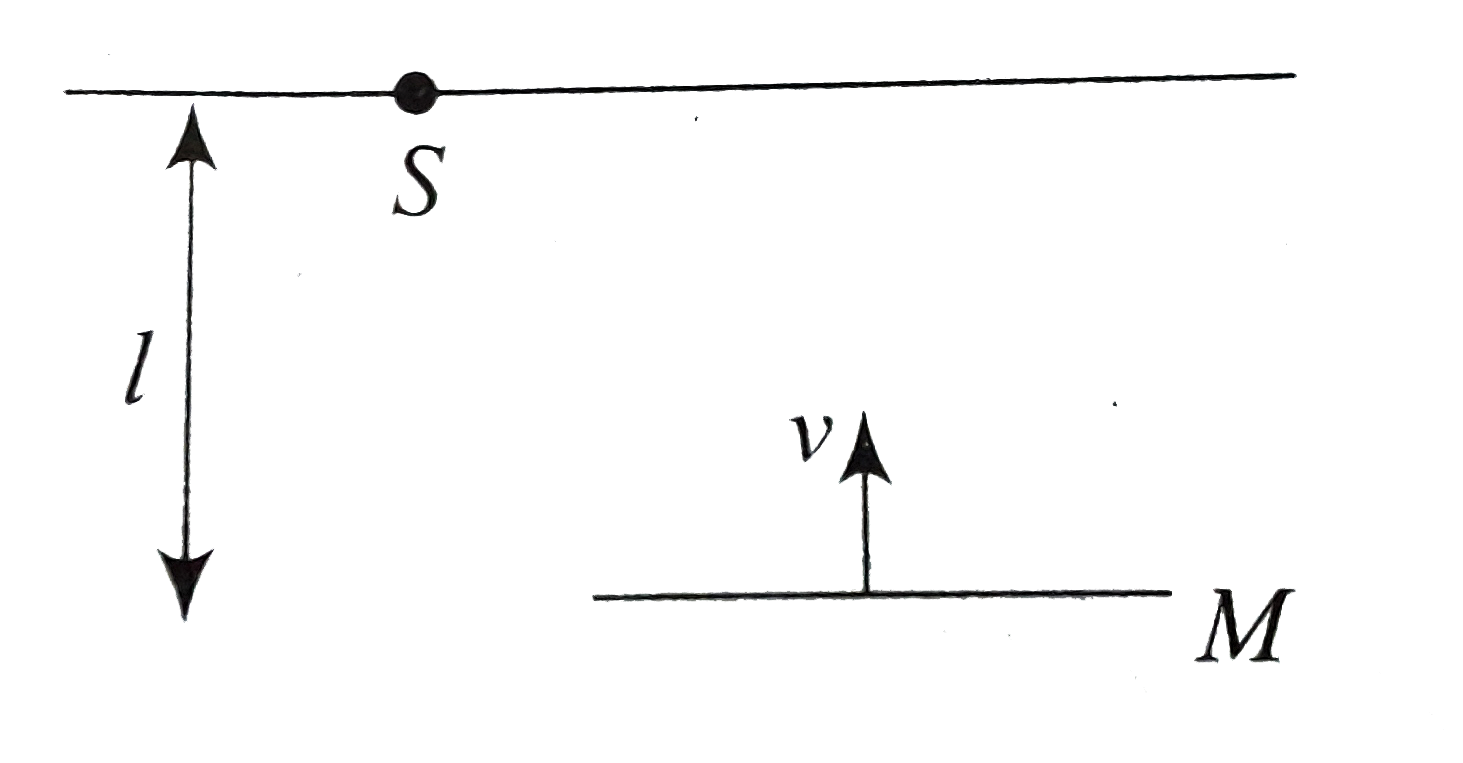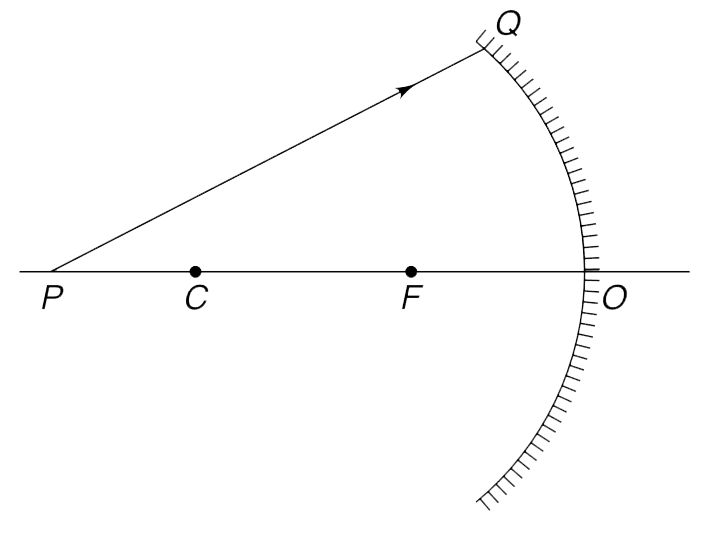A plane mirror reflects sunlight to form a bright patch on the wall but a crushed aluminium foil gives a less bright patch. Can you explain why?
A plane mirror is polished and when a beam of parallel rays falls on it, the reflected beam will also consist of parallel rays. Crushed aluminium foil, even though it is shiny, does not have a smooth surface. Hence the reflected beam will not consist of parallel rays. This is diffuse reflection. Hence the patch on the wall will be less bright
Topper's Solved these Questions
- BOOK - MTG IIT JEE FOUNDATIONCHAPTER - LIGHT EXERCISE - Exercise (Integer/Numerical Value Type)4videos
LIGHT
- BOOK - MTG IIT JEE FOUNDATIONCHAPTER - LIGHT EXERCISE - Olympiad/HOTS Corner20videos
LIGHT
- BOOK - MTG IIT JEE FOUNDATIONCHAPTER - LIGHT EXERCISE - Exercise (Subjective Problems (Short Answer Type)10videos
LIGHT
- BOOK - MTG IIT JEE FOUNDATIONCHAPTER - FRICTION EXERCISE - OLYMPIAD/HOTS CORNER15videos
FRICTION
- BOOK - MTG IIT JEE FOUNDATIONCHAPTER - MAGNETIC EFFECTS OF ELECTRIC CURRENTEXERCISE - EXERCISE (INTEGER / NUMERICAL VALUE TYPE)3videos
MAGNETIC EFFECTS OF ELECTRIC CURRENT
Similar Questions
One can sense colours only in bright light. Can you explain why?
View SolutionA plane mirror of length 30 cm is placed horizontally along with a vertical screen. A monochromatic point source of light is placed 20 cm to the left off the left edge of the mirror, at a height of 2 mm above the plane of the mirror. If the wavelength of light used is 6400Å, then find the number of complete bright fringes formed.
 View Solution
View Solution
Knowledge Check
- Question 1 - Select One
A plane mirror M is arranged parallel to a wall W at a distance l from it. The light produced by a point source S kept on the wall is reflected by the mirror and produces a patch of light on the wall. The mirroo moves with velocity v towards the wall.
Which of the following statement(s) is/are correct? AThe patch of light will move with speed v on the wallBThe patch of light will not move on the wallCAs the mirror comes closer, the patch of light will become larger and shift away from the wall with speed larger than vDThe size of the patch of light on the wall remains the same
AThe patch of light will move with speed v on the wallBThe patch of light will not move on the wallCAs the mirror comes closer, the patch of light will become larger and shift away from the wall with speed larger than vDThe size of the patch of light on the wall remains the same
A plane mirror of length 30 cm is placed horizontally along with a vertical screen. A monochromatic point source of light is placed 20 cm to the left off the left edge of the mirror, at a height of 2 mm above the plane of the mirror. If the wavelength of light used is 6400Å, then find the number of complete bright fringes formed.
 View Solution
View Solution(a) Define parturition. Name the hormones involved in induction of parturition (b) In our society, women are often blamed for giving birth to daughters. Can you explain why this is not correct?
View SolutionYou are given a concave mirror of focal length 10 cm, a point source of light nad a screen placed at distance 30 cm in front of mirror. How can you obtain a bright patch of light on screen, of size equal to that of the aperture of mirror? Draw diagram to explain your answer.
View SolutionA plane mirror M is arranged parallel to a wall W at a distance l from it. The light produced by a point source S kept on the wall is reflected by the mirror and produces a patch of light on the wall. The mirroo moves with velocity v towards the wall.
Which of the following statement(s) is/are correct? View Solution
View SolutionNumber of images formed by two inclined plane mirrors
View SolutionIn an experiment, Pooja used a equilateral triangular glass prism and projected a narrow beam of white light source from one side of the surface of the prism. She placed a screen on the other side and saw many colours appearing as patches on the screen. But when she used a red light source, she could only see a red patch on the screen. Similarly she used a blue and green light source and could only see one colour patch on both occasions.
Which of the following can be the correct explanation that Pooja can give to her friends to explain this phenomenon?View SolutionWe know that parallel light rays which are inclined to the principal axis of a spherical mirror, after reflection converge at a point in the focal plane of the mirror. With this knowledge explain how you will trace the reflected ray for incident ray PQ shown in the Fig. F is focus and C is centre of curvature of the mirror.
 View Solution
View Solution

